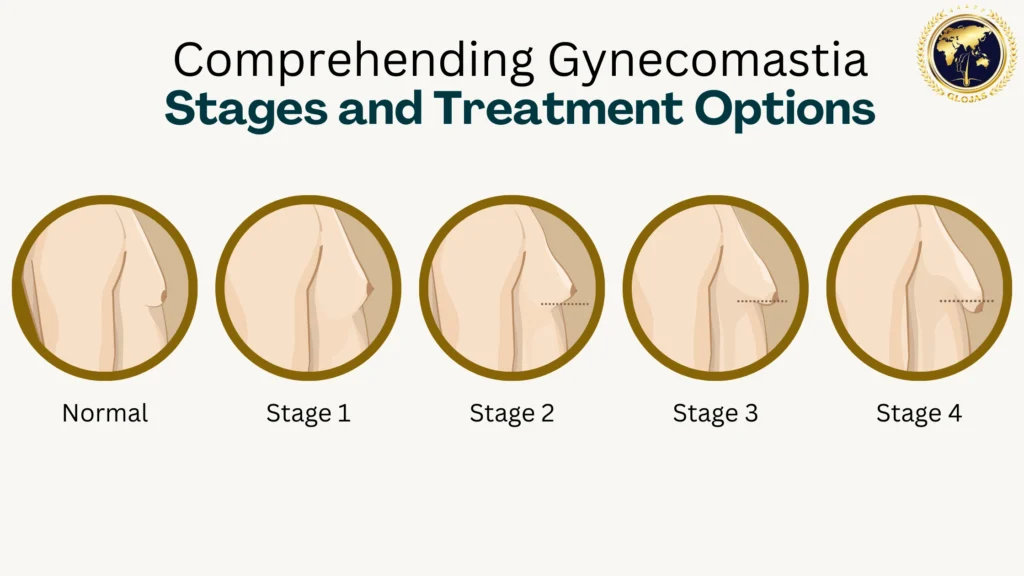Understanding the Critical Stages of Gynecomastia: A Comprehensive Guide

Gynecomastia, a condition characterized by the enlargement of breast tissue in males, is often a cause of concern for those affected. Understanding the stages of gynecomastia is crucial for both early detection and effective treatment. This article provides a detailed examination of the various gynecomastia stages, shedding light on how the condition progresses, its causes, […]


